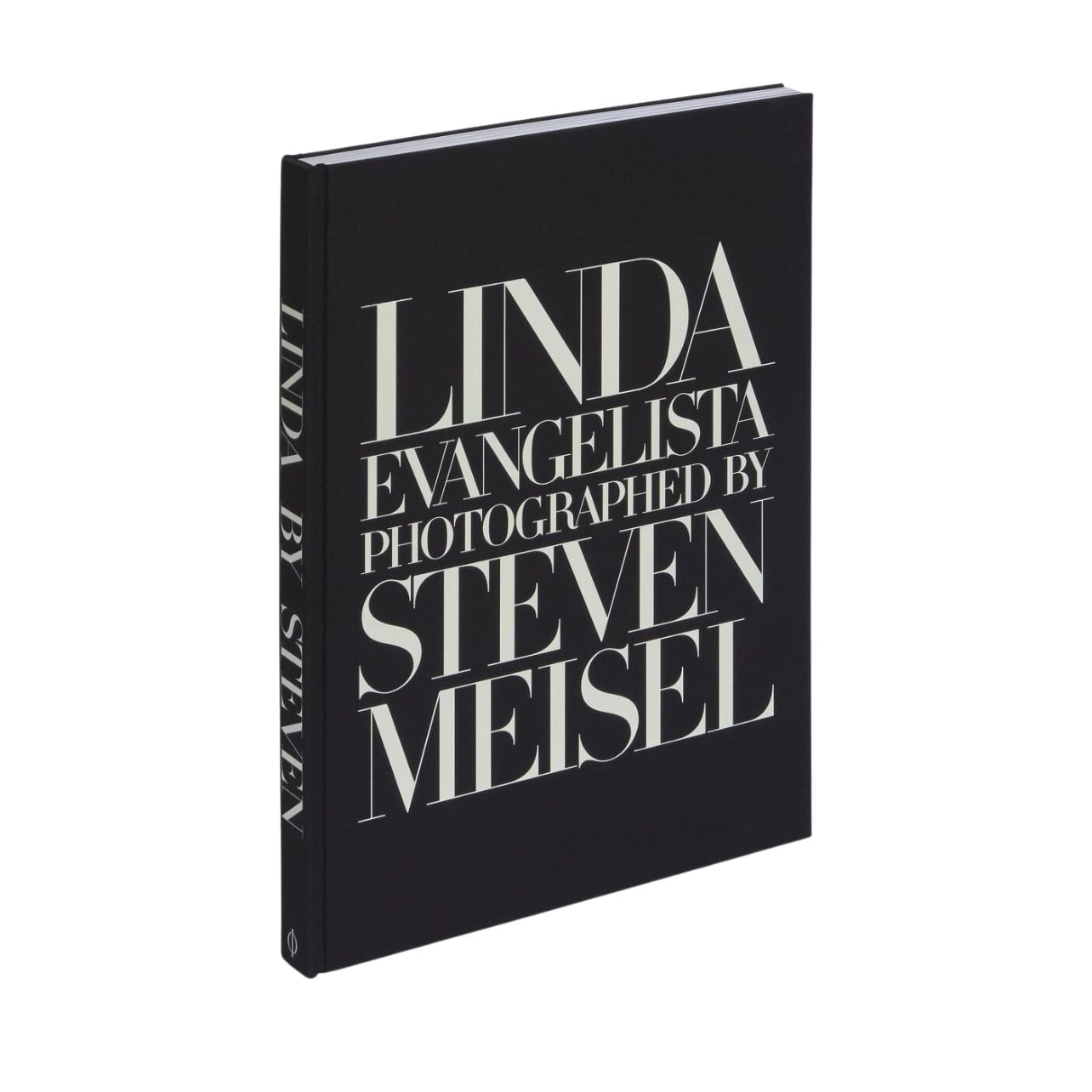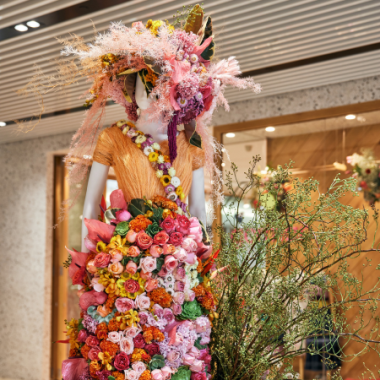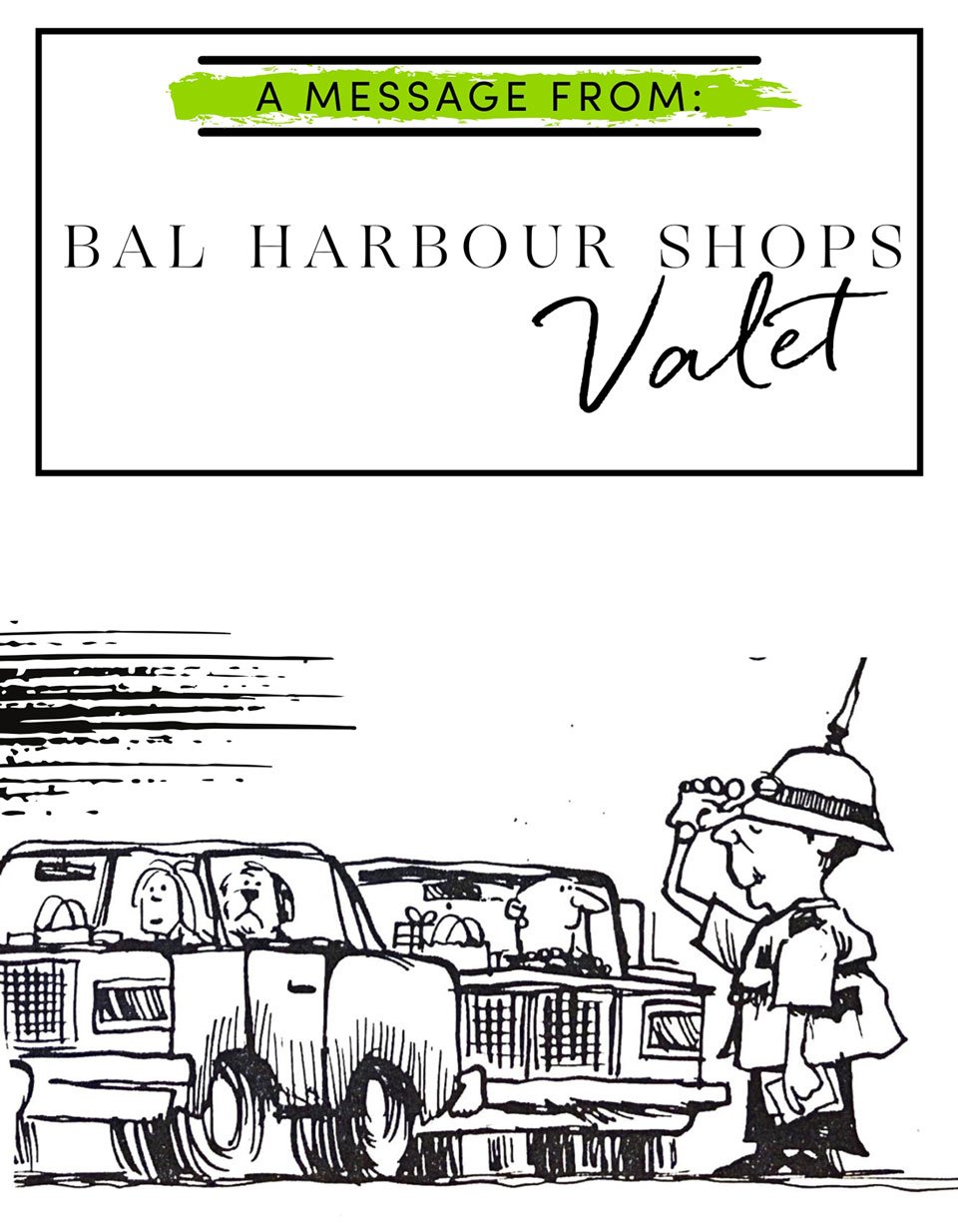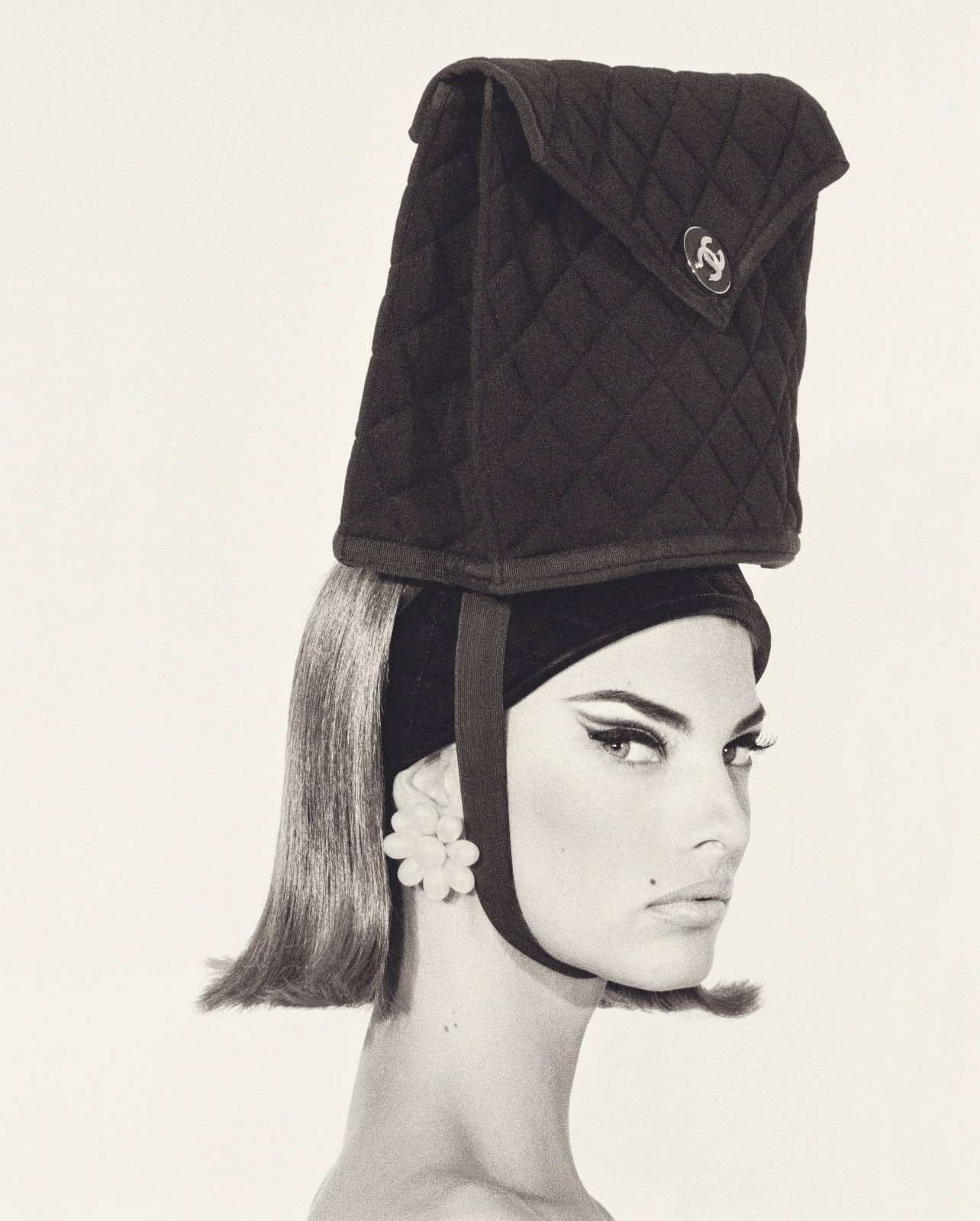
From the book, “Linda Evangelista Photographed by Steven Meisel,” an image from Vogue Italia, July/August 1990
When writer and editor William Norwich became the commissioning editor for fashion and interior design at Phaidon Press in 2014, he had a list. At the top were celebrated fashion photographer Steven Meisel and Supermodel Linda Evangelista. Norwich quickly reached out to each about doing a book. After a few years, Evangelista signed on, and Meisel suggested they do one together. The result is “Linda Evangelista Photographed by Steven Meisel,” a 190-image volume spanning more than 25 years, with an introduction written by Norwich. “It’s really a book about friendship,” says the longtime fashion journalist and novelist. “Steven’s relationship with Linda was always compelling. They met and they became really best friends and chosen family over all these many years.”
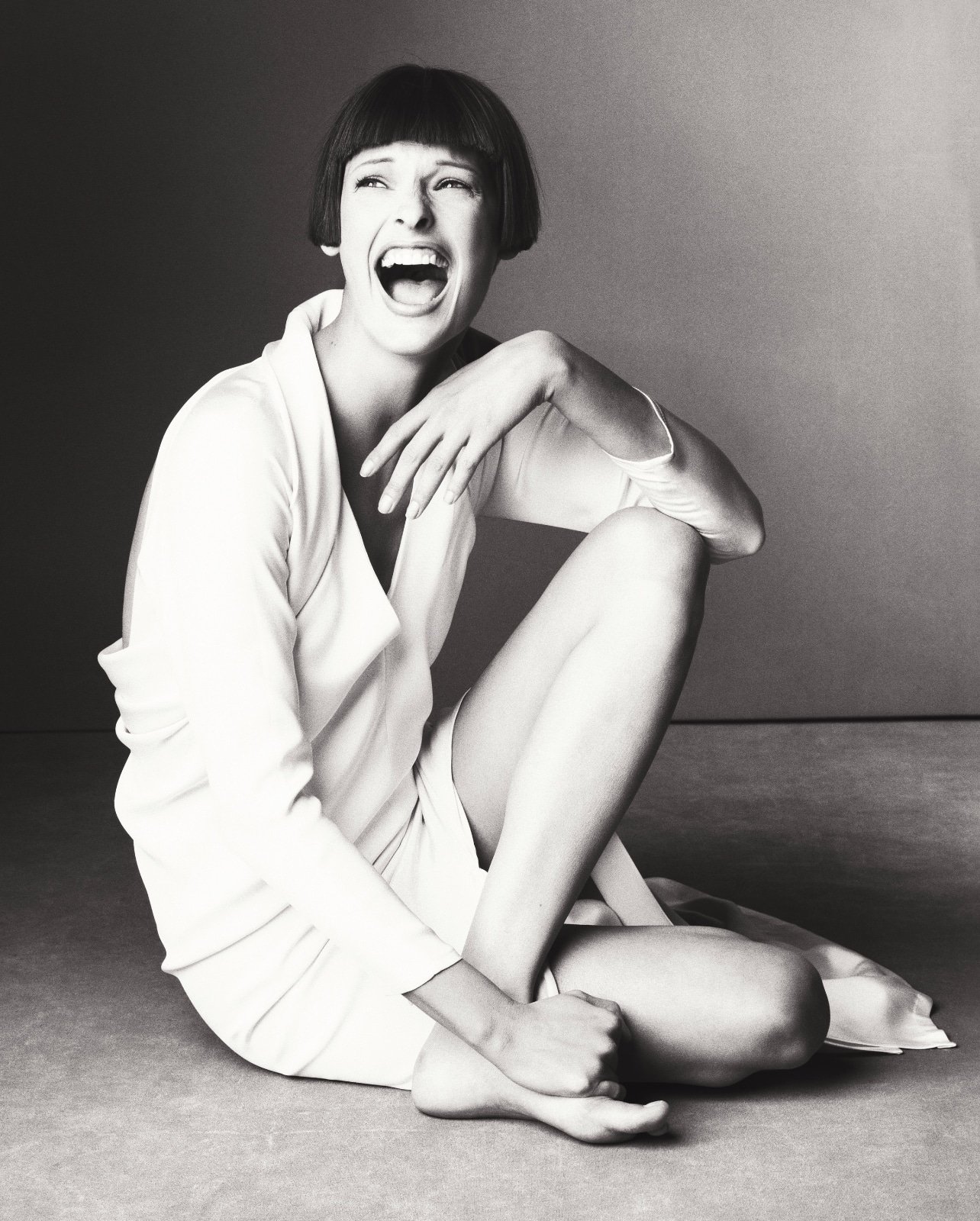
Evangelista by Meisel for Vogue Italia, March 1993. “Linda Evangelista Photographed by Steven Meisel,” is available now at Books & Books, Bal Harbour
How have photography books changed over the years?
Each one is like building a house. Photography books, back in the day, were the only way, basically, that you could see photography; it was not exhibited in museums. So, a book was a really big event for a photographer. Of course, that’s changed over time, but it’s still a place where content can exist in an exalted position on really good paper, with really good color correction and really good rendering, and it becomes a museum piece—a permanent gallery show of work, of a relationship, of a topic.
Why do you think Linda resonates so much with people?
Because she always avoided interviews, we don’t know that much about her. I [once said to her], “Linda, you’re the most beautiful woman in the world.” She said, “Listen, I’m not the most beautiful in the world. What I know how to do is take a jacket, perhaps not the most beautiful or well- made jacket, and model it 25 different ways for a picture.” When you look at a Linda Evangelista picture, you see somebody who’s very, very good at this job. She was very committed. She did her homework, she was very well read. She knows fashion history, art history and film history. She certainly knows pop culture, as well. She takes all of that and creates a character. She won’t get in front of a camera without having a character in mind. She’s like a constant silent movie. She jokes, “I can do anything”–meaning photographically– “just don’t ask me to talk.” What people are seeing [in the book] is also a period that was magical in the story of fashion. The story of fashion is also a story of how the world shifted–to really hold deeper to its heart the idea that how we dress is a great signifier of quality of life and of pleasure. I think those were happy times. In those days, fashion became like the new Broadway in America. When you look at those pictures now, it’s like a time of color and joy.
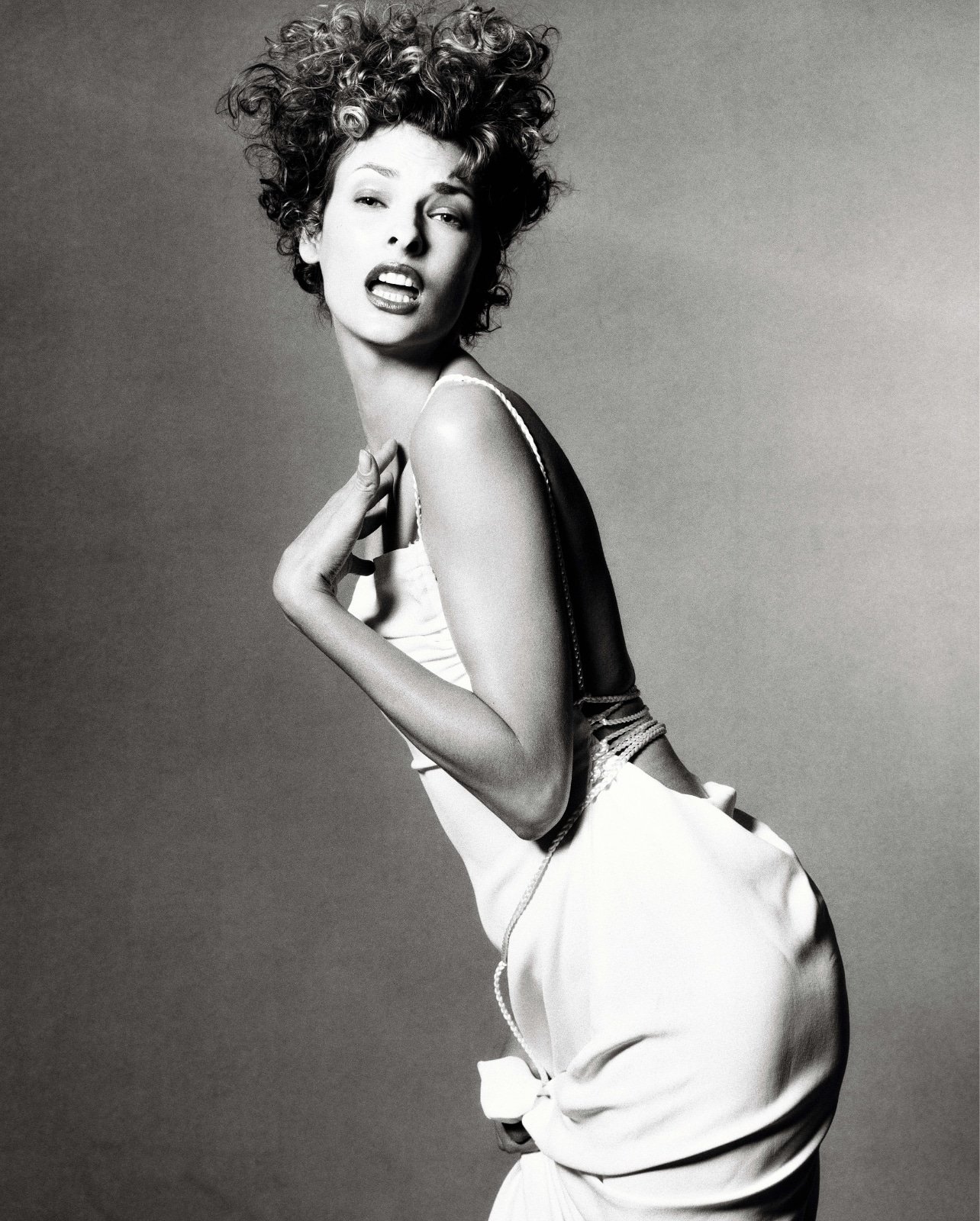
Evangelista by Meisel for Vogue, February 1994, outtake
What goes into writing a foreword? When there’s limited text and a photo focus, what’s your approach?
For me, it’s a couple of things. One is, what do the readers need to know in order to have a richer understanding of the material that they’re looking at? The other thing is, how can I give the reader an experience as if they were with me in the room talking to these people? Certain choices are made. I try to give you the subjects talking, how they interact. That is it. I pretty much like to let the readers come up with their own decisions. I don’t need to tell you what to think, but I can tell you where to look.
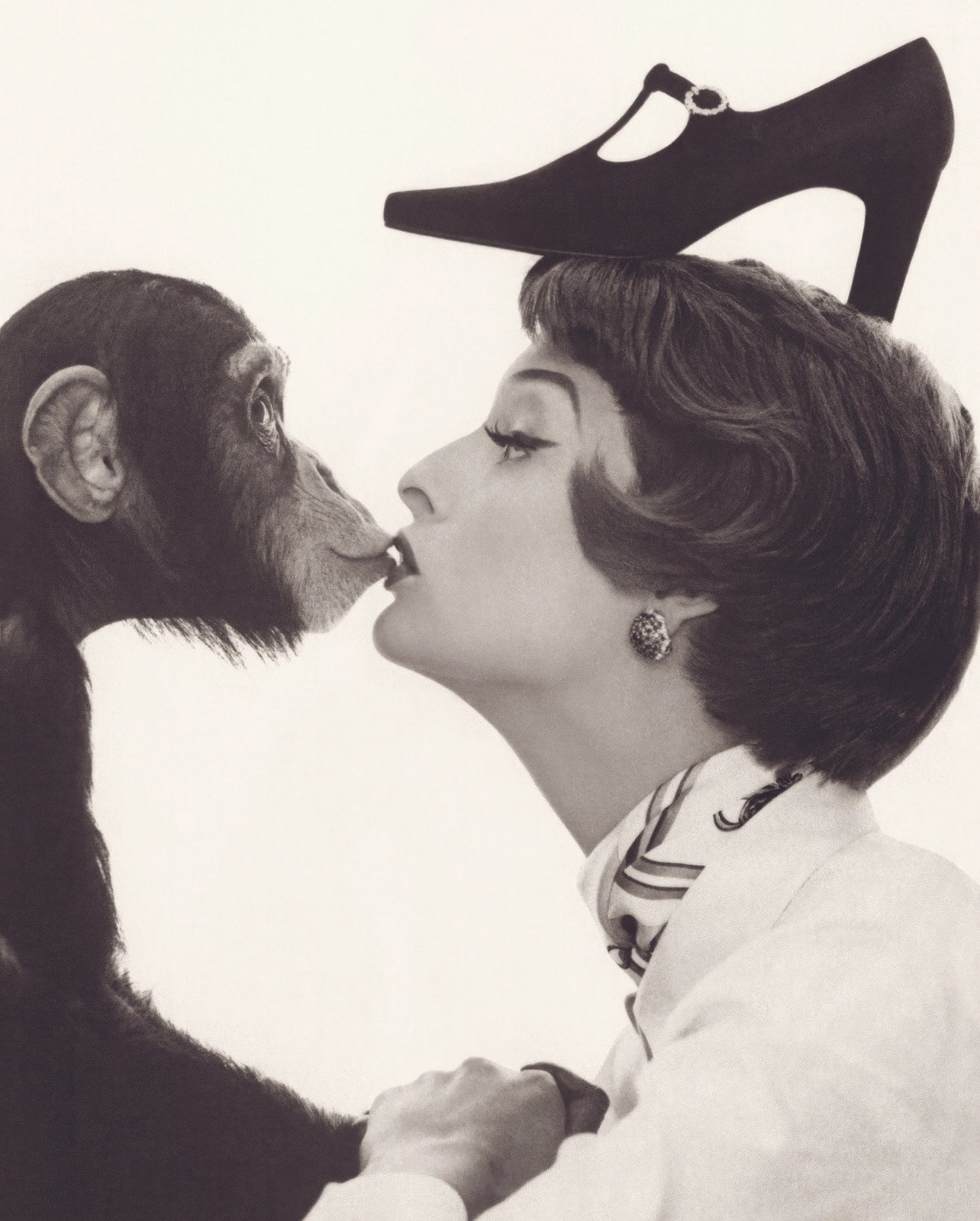
Evangelista by Meisel for Barney’s New York, Fall/Winter 1991
How much do the friendships and relationships you’ve built up over your career come into play in your work with Phaidon?
They’re enormously important because of trust. It’s one thing to do, perhaps, an interview, because usually a person who has been interviewed a lot will be talking about a specific topic, so they feel a little narrative control. They know their story and they hope for the best. But when they have to pick the best of their work for a book that’s going to presumably last forever to represent them like their petite museum, as it were, the stakes become very high. They need to be able to trust, they need to be able to communicate, and they need somebody who is between the art of what they’re doing and the commerce.
Do you have any favorite memories of Linda or Steven?
My earliest memory of Steven goes all the way back to Studio 54, when he was a teenager. I was riveted by Steven in those days. He started as an illustrator for different places, including WWD. And then as the years went on, I got to know him. At first it would be at funny little parties, fashionesque parties. There were different pictures of us being very young together with our compatible dreams and hopes and ambitions. Those are some of my memories. I also remember doing the can-can with him and a few other people thanks to Susanne Bartsch—who still gives amazing parties.
Then with Linda, it was just being beguiled by her looks. Many different times we’d be together, put together because of events: me, the reporter, and her, the character in the story. She has the most wonderful sense of humor. We’ve had a lot of laughs over the years.
All images from the book “Linda Evangelista Photographed by Steven Meisel,” courtesy of Phaidon.
Image 1: © 2023 Steven Meisel. All rights reserved. Stylist: Carlyne Cerf De Dudzeele, Hair: Oribe, Makeup: François Nars; Image 2: © 2023 Steven Meisel. All rights reserved. Stylist: Joe Mckenna, Hair: Ward Stegerhoek, Makeup: Denise Markey; Image 3: © 2023 Steven Meisel. All rights reserved. Stylist: Carlyne Cerf De Dudzeele, Hair: Ward Stegerhoek, Makeup: Denise Markey; Image 4: © 2023 Steven Meisel. All rights reserved. Hair: Garren, Makeup: François Nars.

